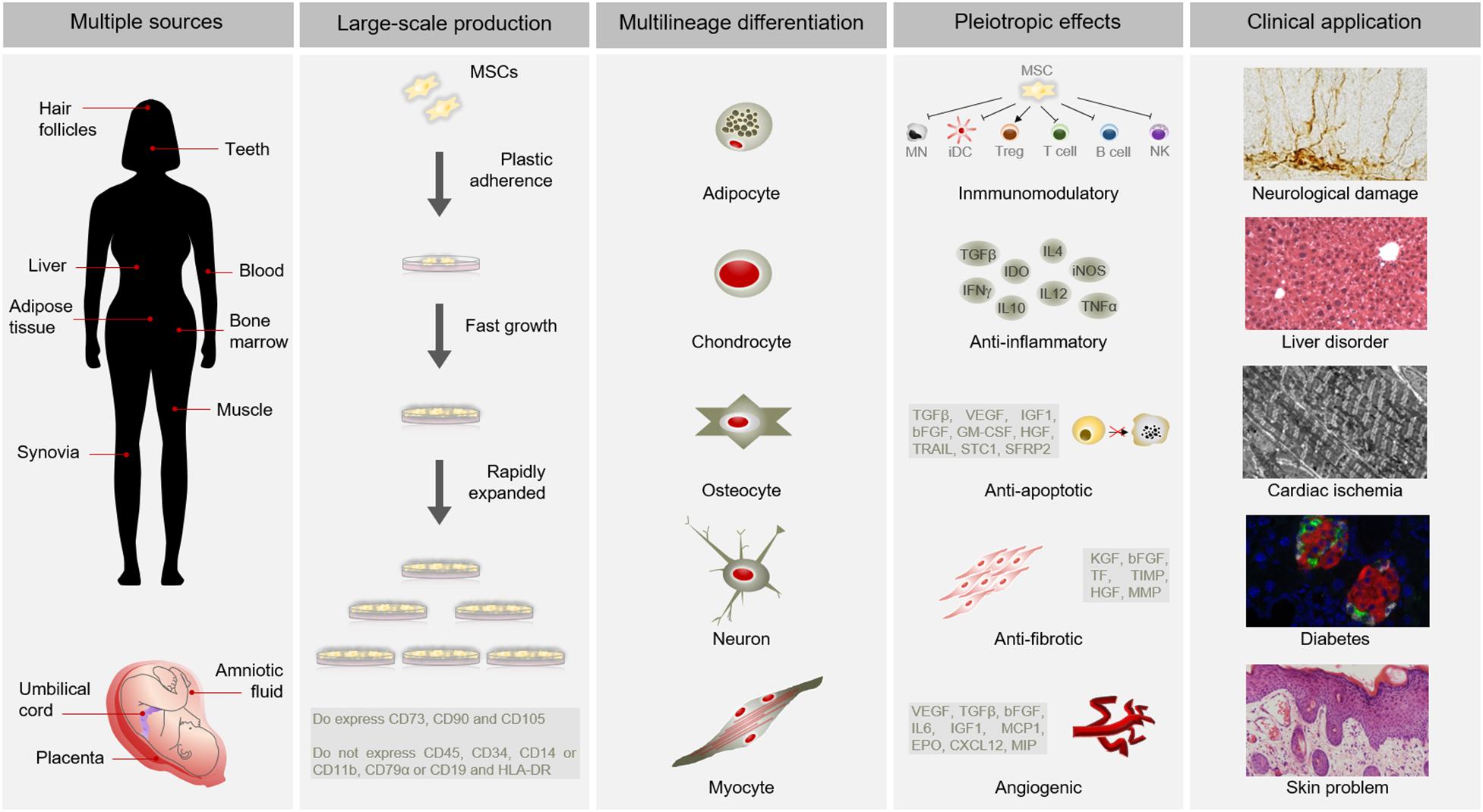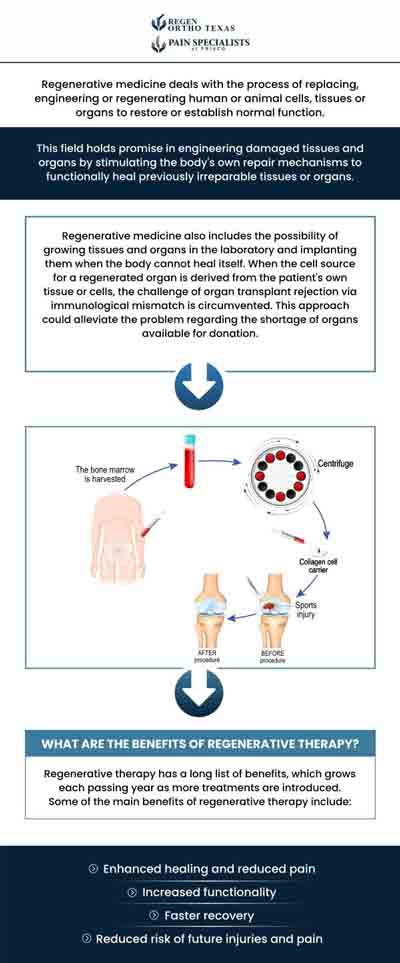Table of Contents

[/image][=video]
[/video]
There are lots of types of stem cells. In basic, the term stem cell refers to a group of cells that trigger various other cells (like skin, blood, heart, and muscle cells) by reproducing and setting apart in response to chemical cues. Totipotent stem cells appear at the earliest stage of development and are the only stem cells which can produce embryonic stem cells and the placenta.
Bone marrow transplant (BMT) is an unique therapy for patients with specific cancers cells or other conditions. A bone marrow transplant includes taking cells that are usually discovered in the bone marrow (stem cells), filtering system those cells, and giving them back either to the contributor (individual) or to another person. The goal of BMT is to transfuse healthy and balanced bone marrow cells right into an individual after his or her very own unhealthy bone marrow has actually been treated to eliminate the irregular cells.
The blood cells that make other blood cells are called stem cells. The most primitive of the stem cells is called the pluripotent stem cell.
It is the stem cells that are required in bone marrow transplant. The objective of a bone marrow transplant is to cure lots of illness and sorts of cancer. When the doses of radiation treatment or radiation needed to treat a cancer cells are so high that a person's bone marrow stem cells will be completely harmed or ruined by the treatment, a bone marrow transplant may be needed.
Regenerative Therapy
This process is commonly called rescue. Replace bone marrow with genetically healthy and balanced operating bone marrow to protect against even more damages from a hereditary disease process (such as Hurler's disorder and adrenoleukodystrophy). The dangers and benefits have to be considered in an extensive conversation with your health care supplier and experts in bone marrow transplants before the treatment.
There are different types of bone marrow transplants depending upon that the donor is. The various sorts of BMT consist of the following: The benefactor is the person himself or herself. Stem cells are extracted from the individual either by bone marrow harvest or apheresis (a process of collecting peripheral blood stem cells), icy, and after that repaid to the individual after extensive therapy.
The donor shares the very same genetic kind as the person. Stem cells are taken either by bone marrow harvest or apheresis from a genetically matched benefactor, typically a sibling or sister. Other contributors for allogeneic bone marrow transplants may consist of the following: A haploid-identical suit is when the benefactor is a moms and dad and the hereditary match is at least half similar to the recipient.

Matching entails keying human leukocyte antigen (HLA) tissue. The antigens externally of these special white blood cells figure out the hereditary make-up of a person's body immune system. There go to the very least 100 HLA antigens; however, it is believed that there are a few major antigens that determine whether a contributor and recipient match.
Clinical study is still examining the duty all antigens play in the process of a bone marrow transplant. The more antigens that match, the far better the engraftment of donated marrow. Engraftment of the stem cells occurs when the contributed cells make their way to the marrow and begin making new blood cells.
Menopause Treatment around Madison Heights
All individuals function with each other to offer the best opportunity for a successful transplant. The team is composed of the following: Health care carriers who specialize in oncology, hematology, immunology, and bone marrow transplantation.
Professionals who will certainly aid you fulfill your nutritional needs prior to and after the transplant. They will work closely with you and your household. Specialists that will certainly aid you come to be solid and independent with activity and endurance after the transplantation. Pastors who offer spiritual treatment and support. Several other staff member will assess you prior to transplantation and will certainly provide follow-up treatment as required.

A complete clinical background and physical test are executed, including several examinations to review the patient's blood and body organ functions (for instance, heart, kidney, liver, and lungs). A client will certainly frequently come into the transplant center approximately 10 days before transplant for hydration, analysis, positioning of the main venous line, and various other preparations.
Blood items and medicines will certainly be provided with the catheter throughout treatment. For an allogeneic transplant, an appropriate (cells typed and matched) benefactor needs to be available. Finding a matching donor can be a tough and extensive procedure, especially if a brother or sister suit is not readily available. Volunteer marrow benefactors are registered in a number of nationwide and international pc registries.
Contributor resources offered include: self, brother or sister, moms and dad or relative, nonrelated person, or umbilical cord from a related or nonrelated individual. There are national and global registries for nonrelated people and cable blood.
Menopause Therapy around Madison Heights
Examinations related to his/her wellness, exposure to viruses, and hereditary evaluation will certainly be done to determine the extent of the suit. The benefactor will certainly be provided instructions on how a bone marrow contribution will be made. As soon as a suit for a client requiring a bone marrow transplant is found, after that stem cells will certainly be accumulated either by a bone marrow harvest.
Or by a peripheral blood stem cell collection. This is where stem cells are accumulated from the flowing cells in the blood. Of both, outer blood stem cell donations are now more common. Cord blood has actually currently been gathered at the time of a birth and saved for later use.
Navigation
Latest Posts
Medical Group around Madison Heights
Perimenopause Treatment
Medical Group local to Madison Heights